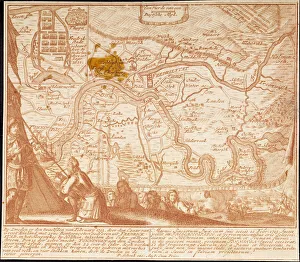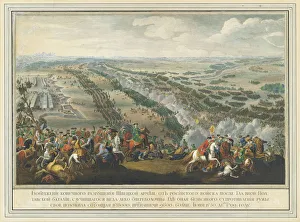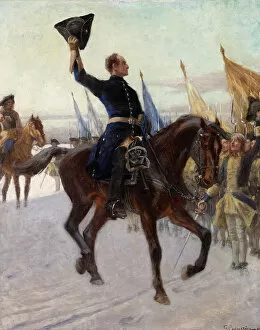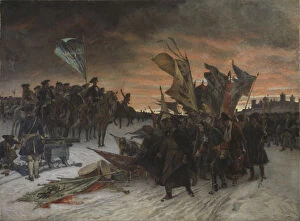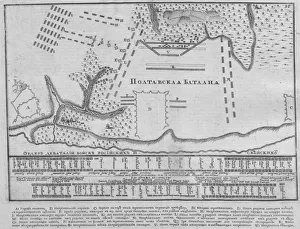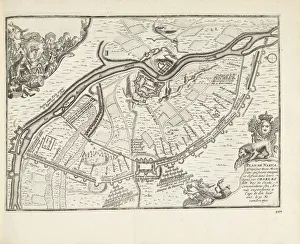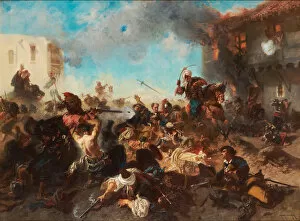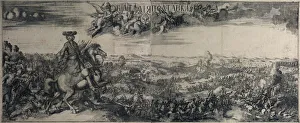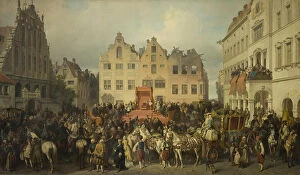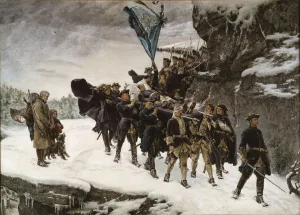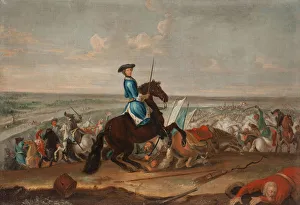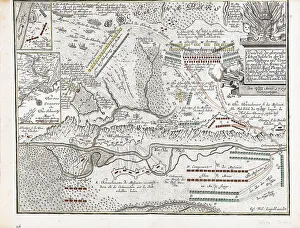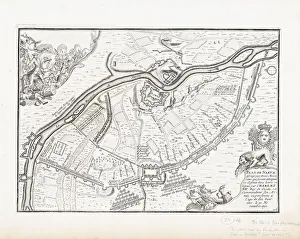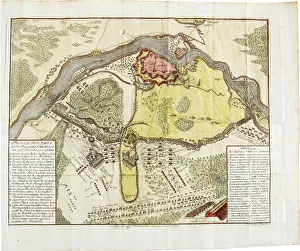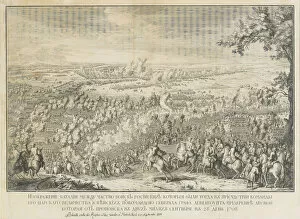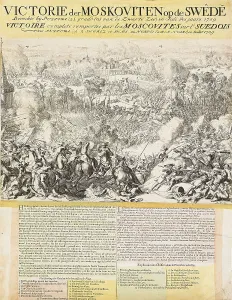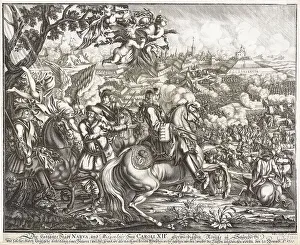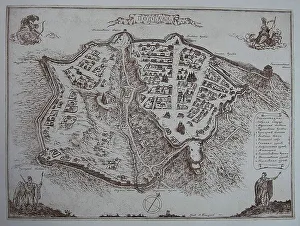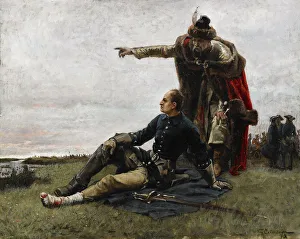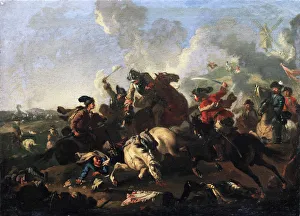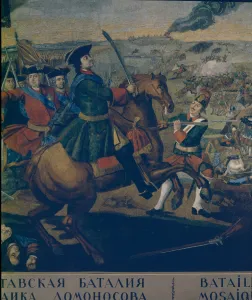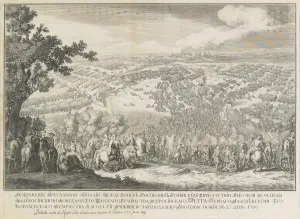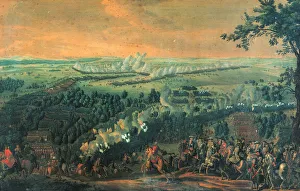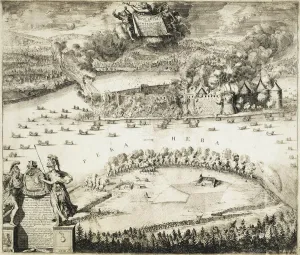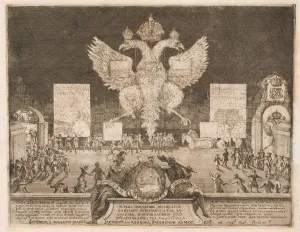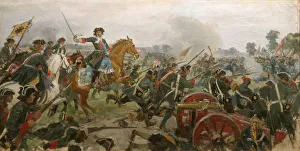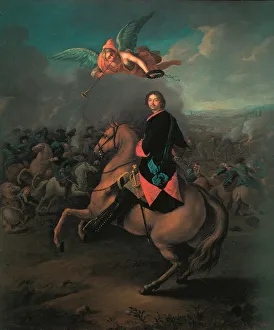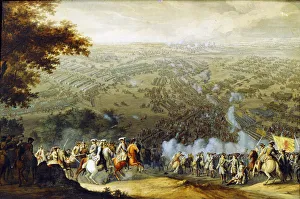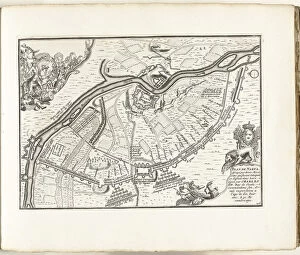Schwedish Army Collection
"The Swedish Army: A Legacy of Conquests and Courage" Step back in time to witness the triumphs and trials of the formidable Schwedish army
All Professionally Made to Order for Quick Shipping
"The Swedish Army: A Legacy of Conquests and Courage" Step back in time to witness the triumphs and trials of the formidable Schwedish army. From the conquest of Friedrichstadt on February 12, 1713, to the legendary Battle of Poltava on June 27, 1709, this military force left an indelible mark on history. Led by their valiant king Charles XII, who greeted his loyal Caroleans with pride in 1923, these soldiers were known for their unwavering loyalty and bravery. The battlegrounds witnessed their might at Narva in 1905 and showcased their strategic prowess through a map depicting the Battle at Narva in 1700. One cannot forget King Charles XII's fateful journey to Bender where he faced numerous challenges but displayed unyielding determination. The Skirmish at Bender (Kalabaliken i Bender) immortalized by artist Armand-Dumaresq in 1877 captures this momentous event. The Battle of Poltava held immense significance for both sides involved. An anonymous artist's depiction from after 1724 portrays its intensity while Alexei Fyodorovich Zubov's artwork from around 1715 showcases its aftermath. Amidst these battles and sieges, Riga swore allegiance to Peter the Great in a pivotal moment captured by Alexander von Kotzebue in 1868. This act marked a turning point as imperial regimental flags under Peter's rule were raised high during this era illustrated by Flags, Banners, and Standards' artwork from that time. The Schwedish army remains etched into history as an embodiment of courage and resilience. Their exploits continue to inspire generations even today as we remember their victories and sacrifices that shaped nations forevermore.

